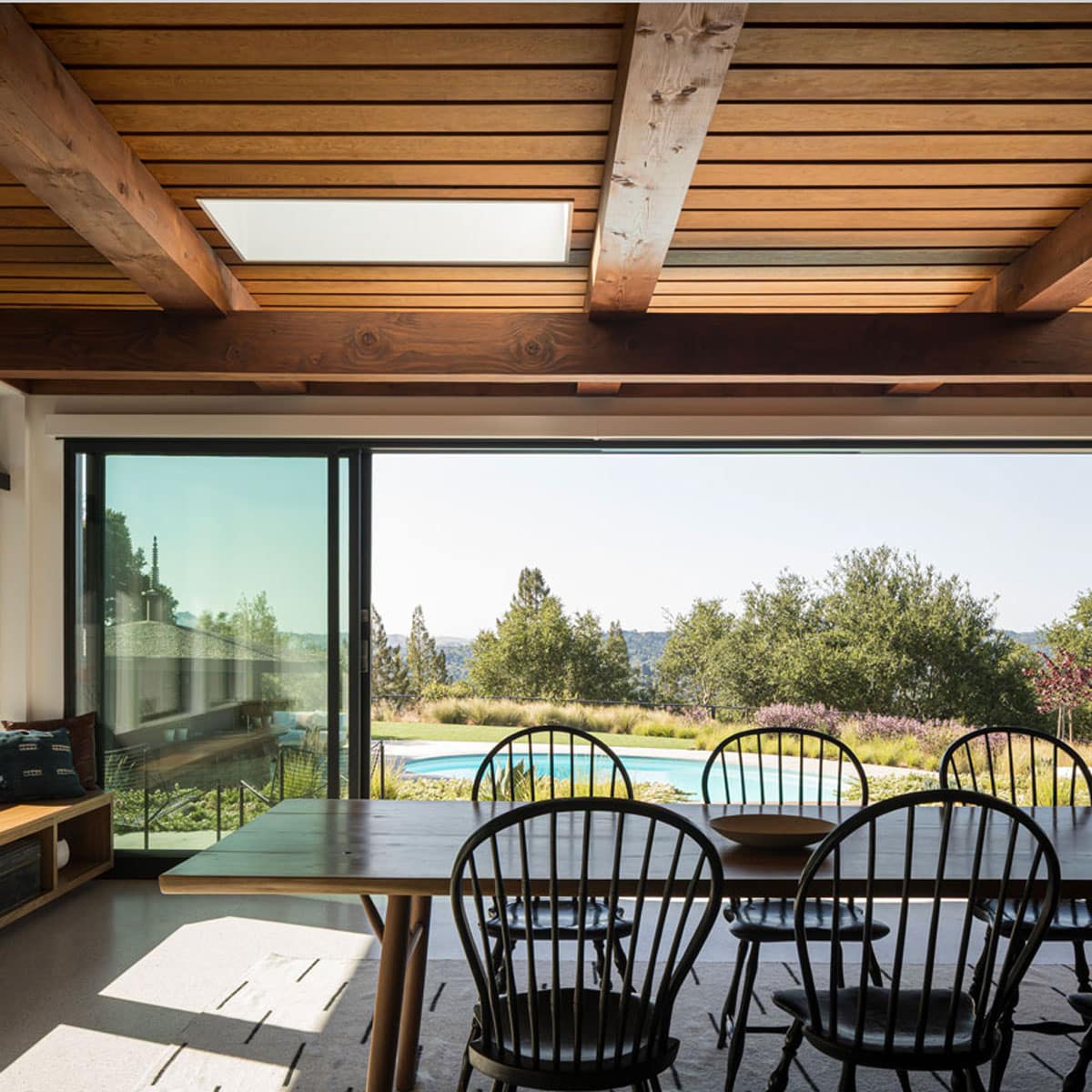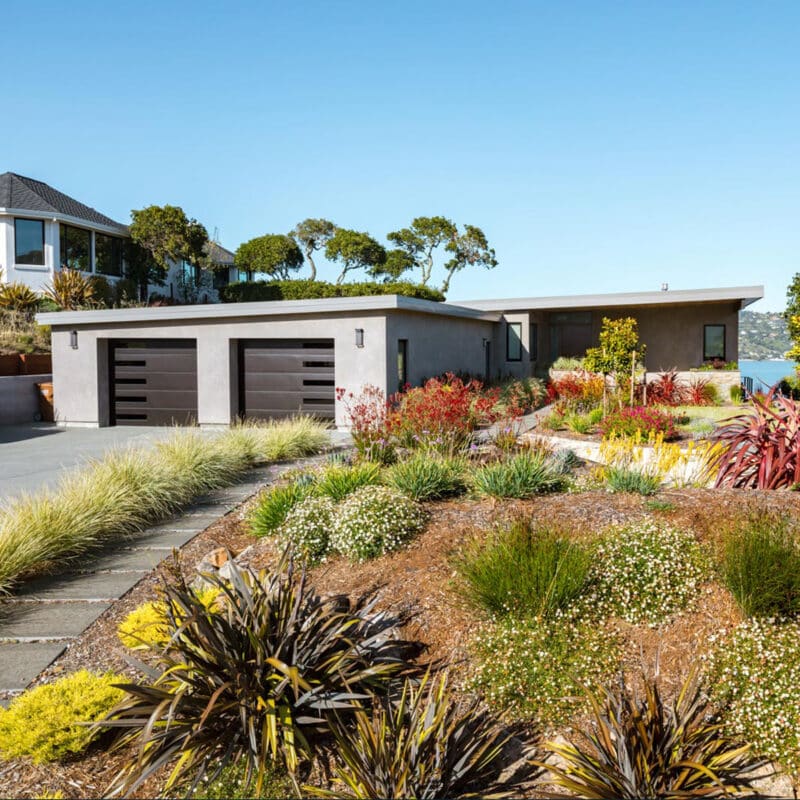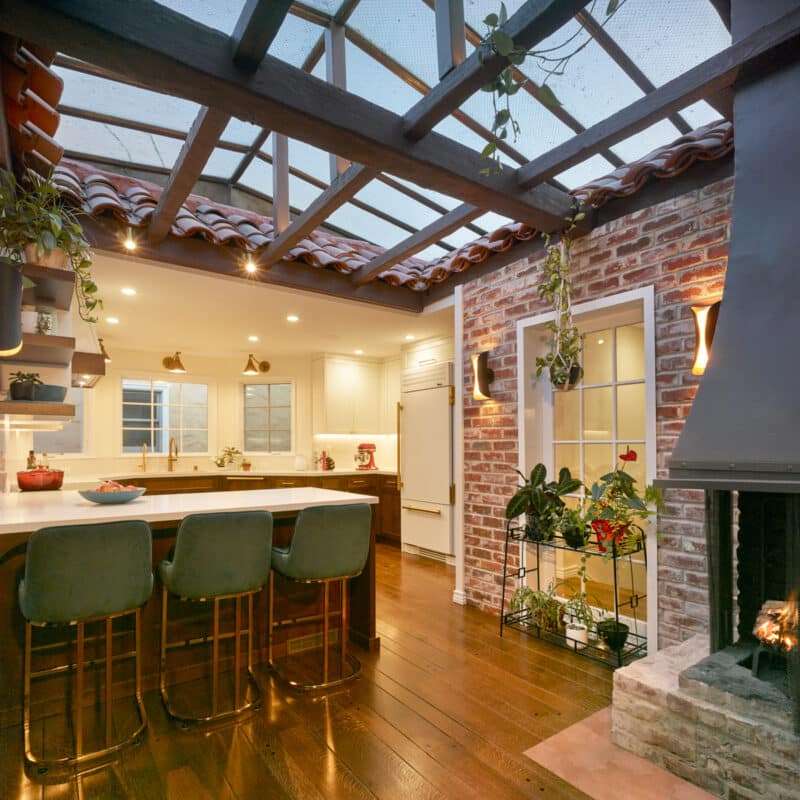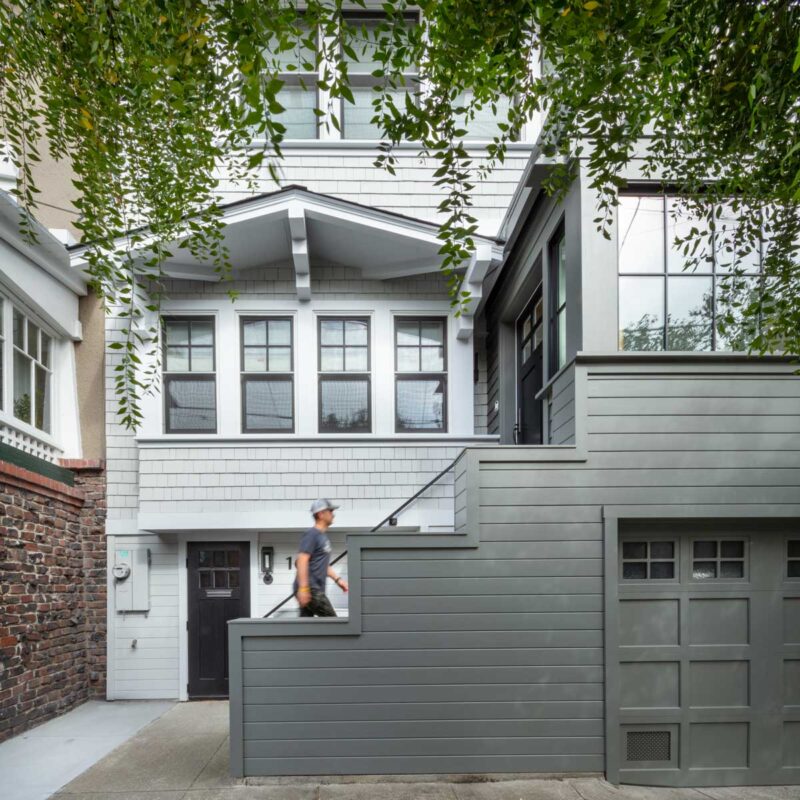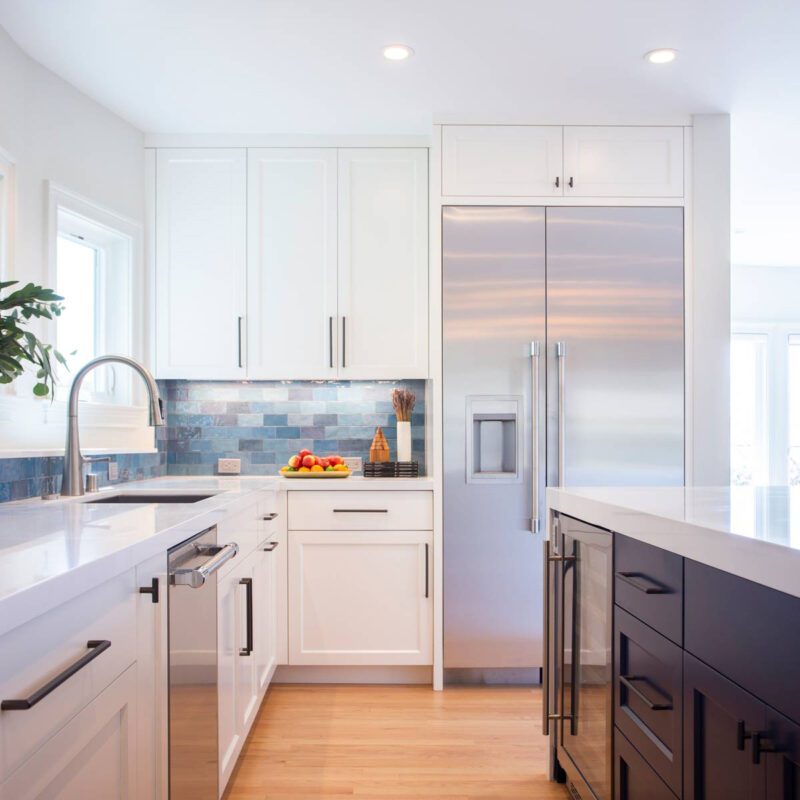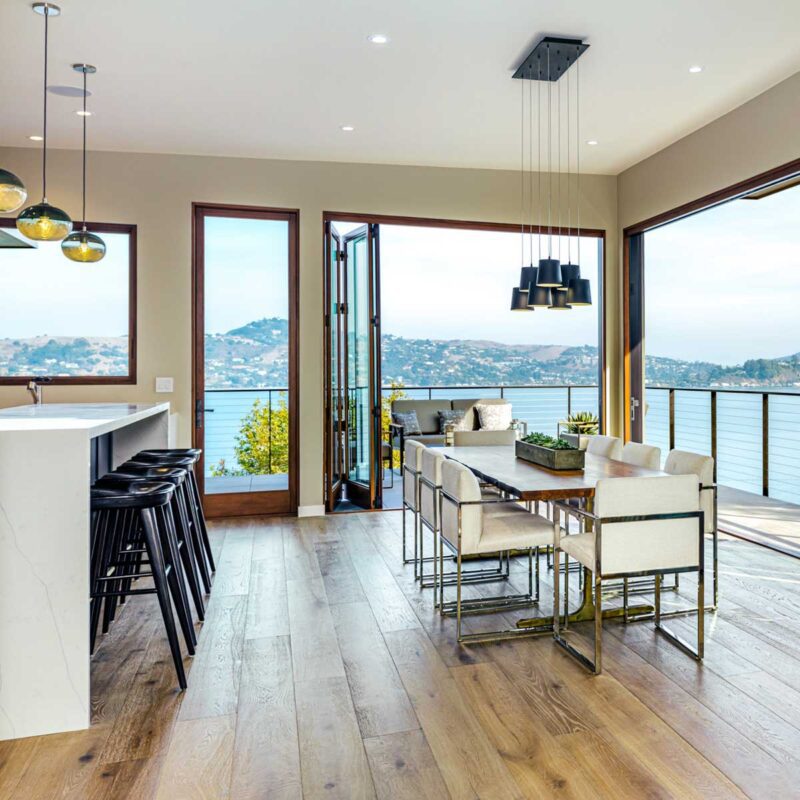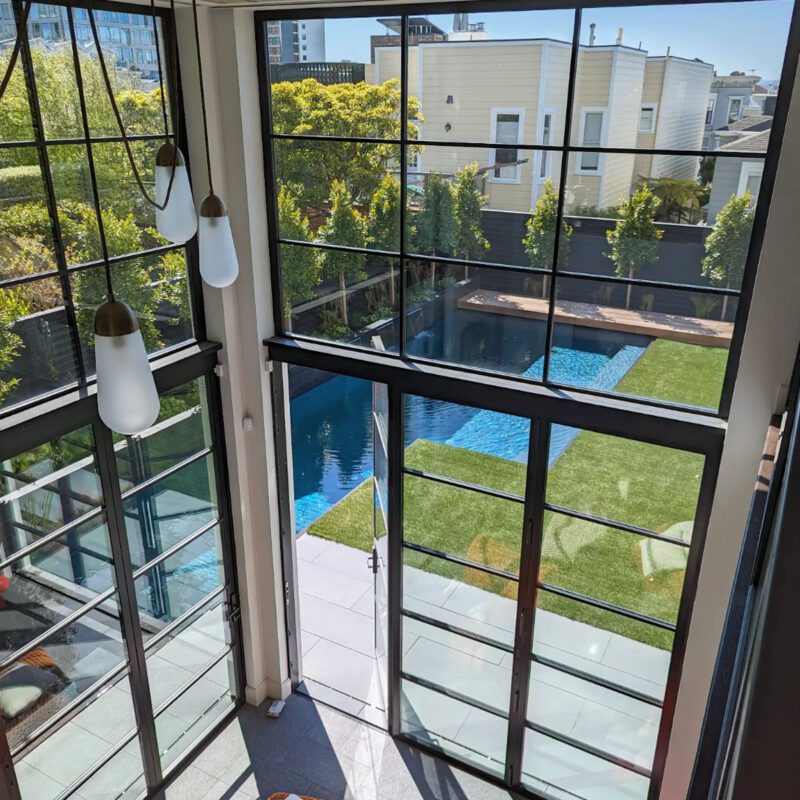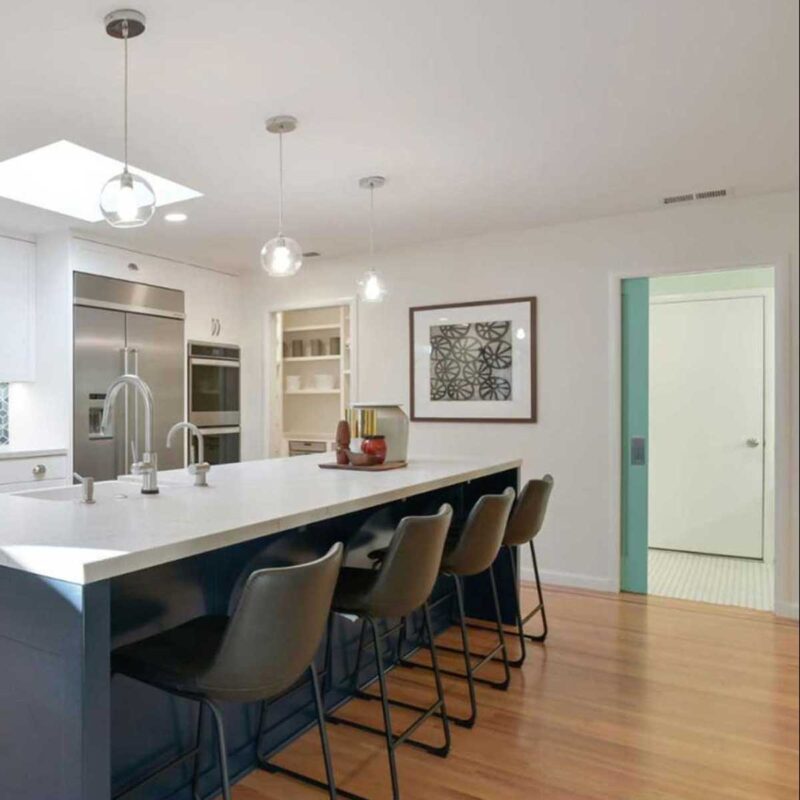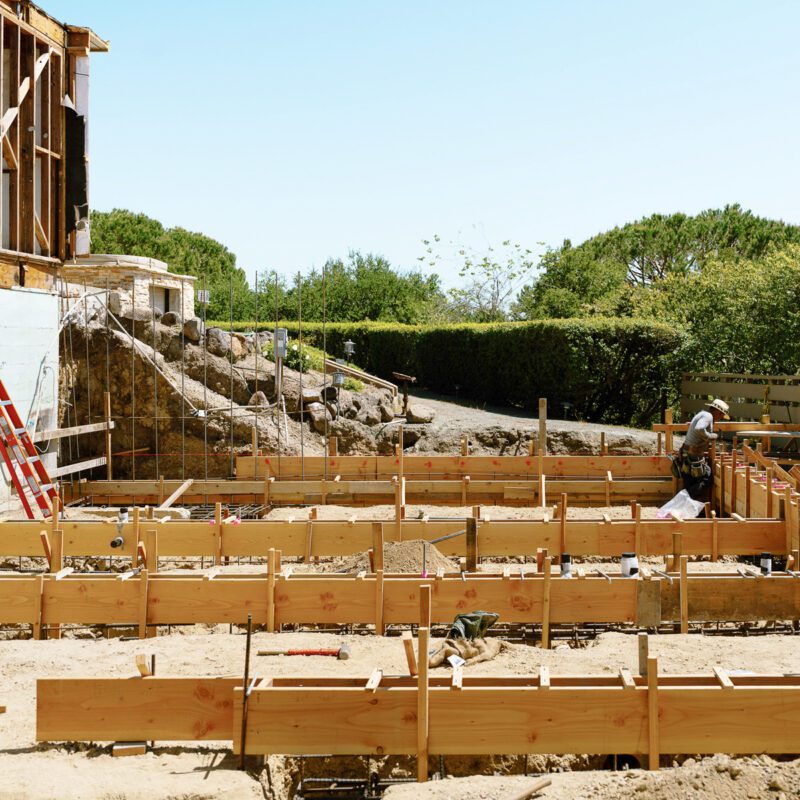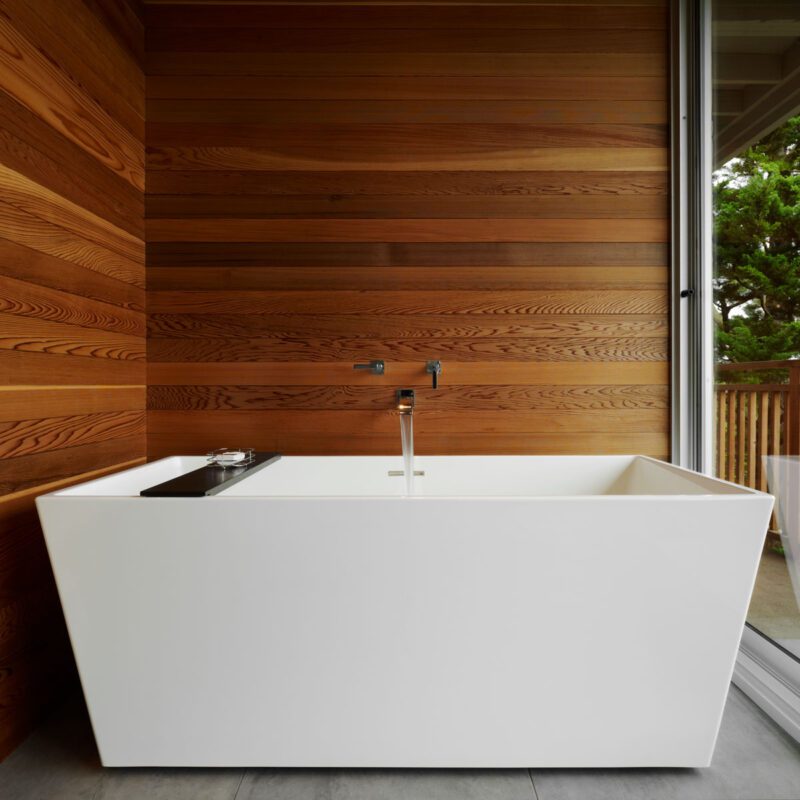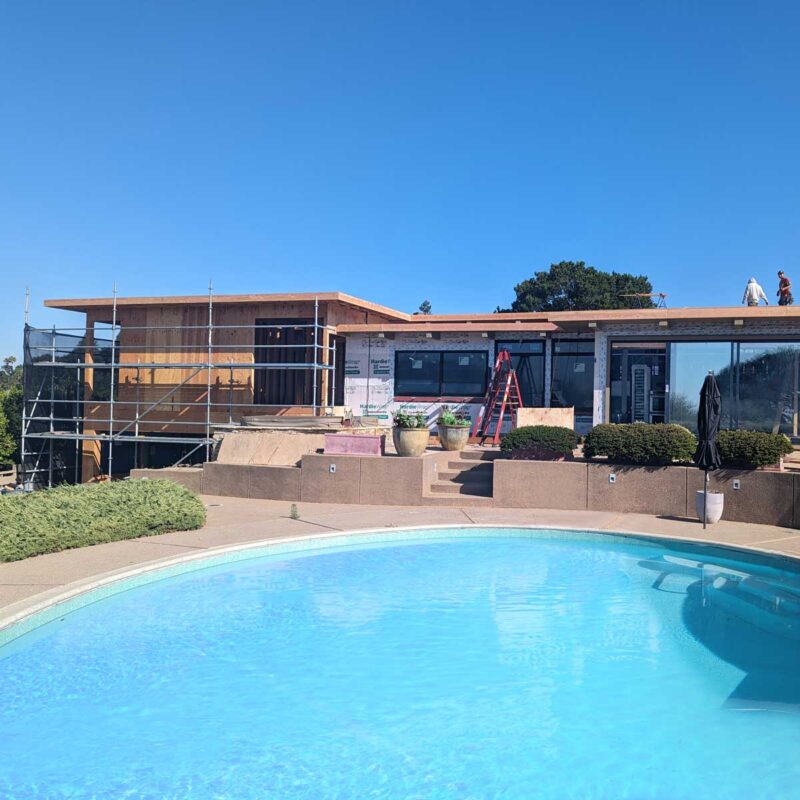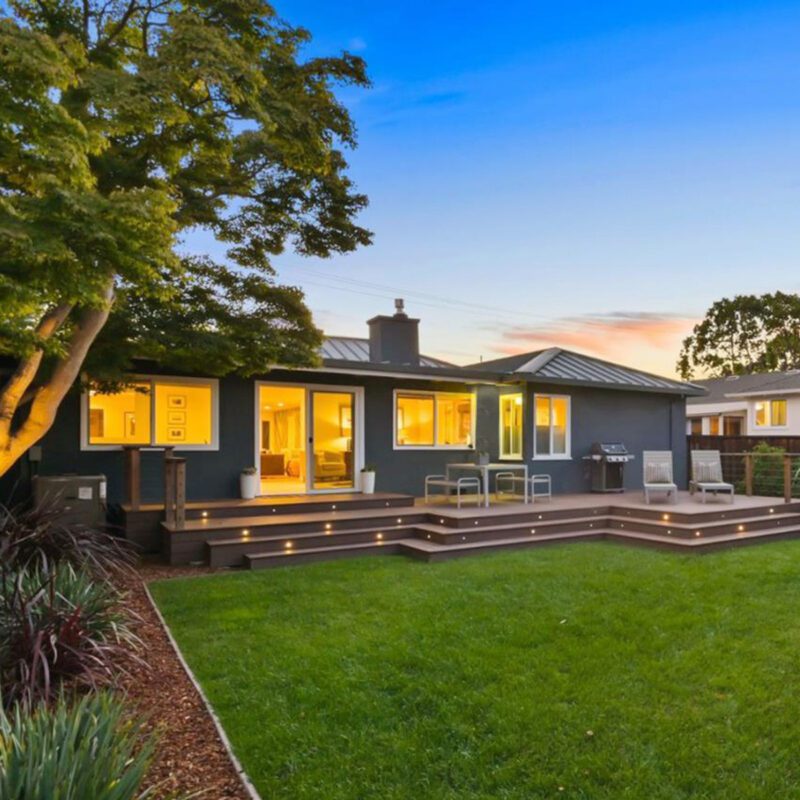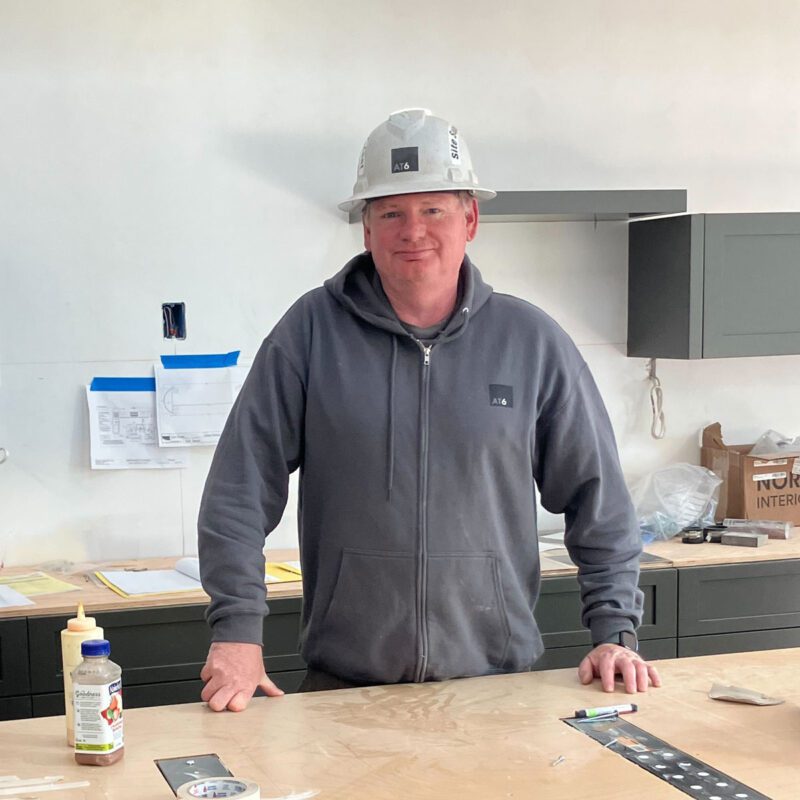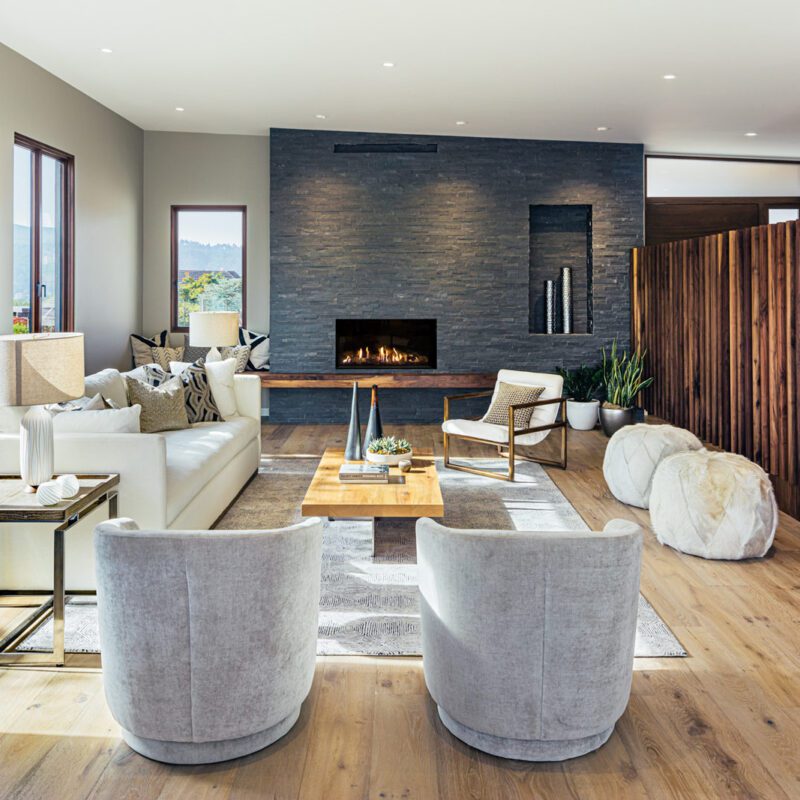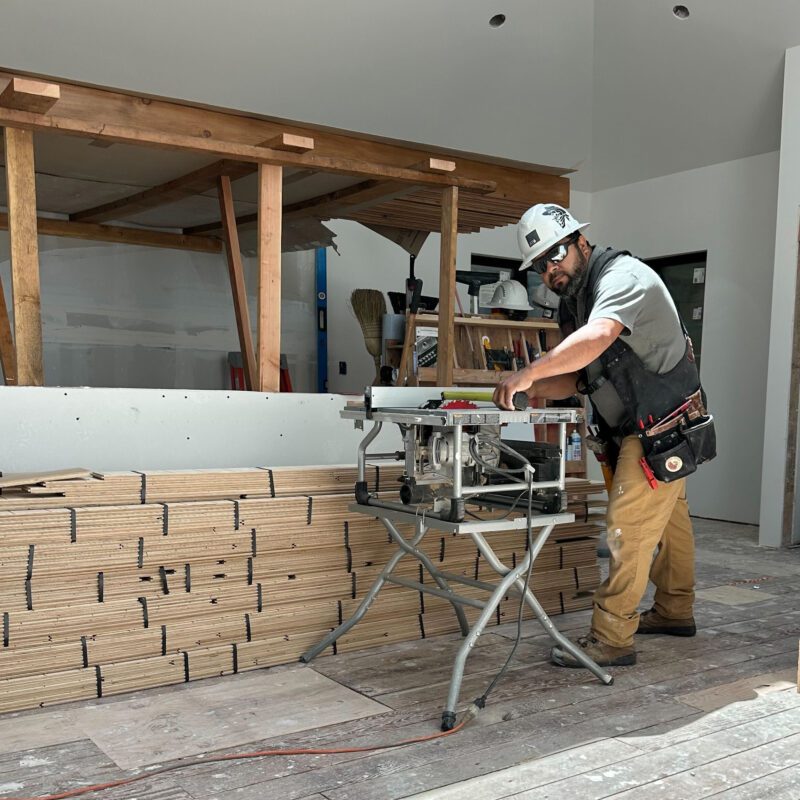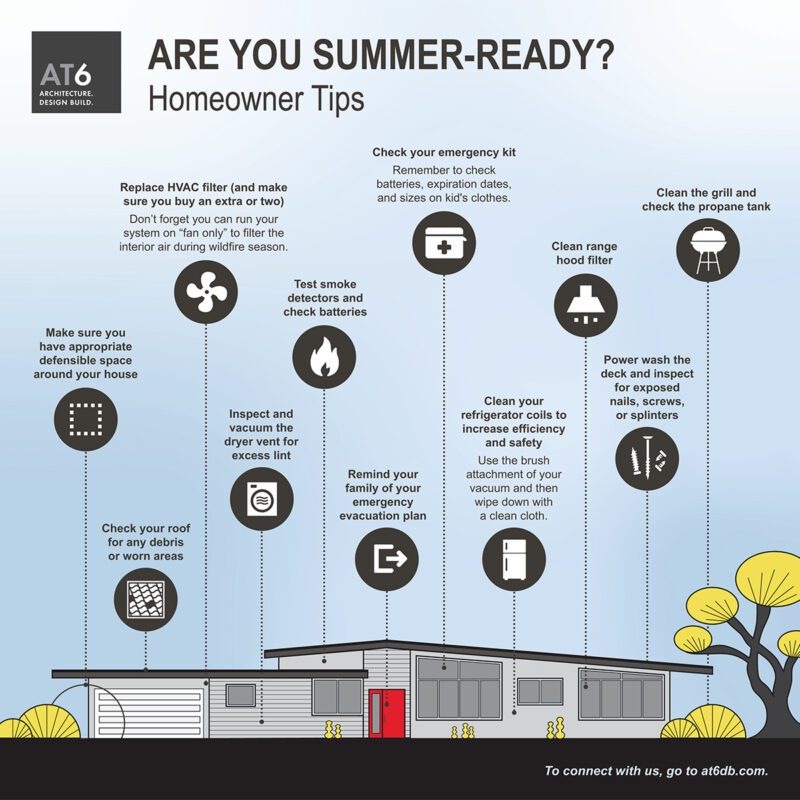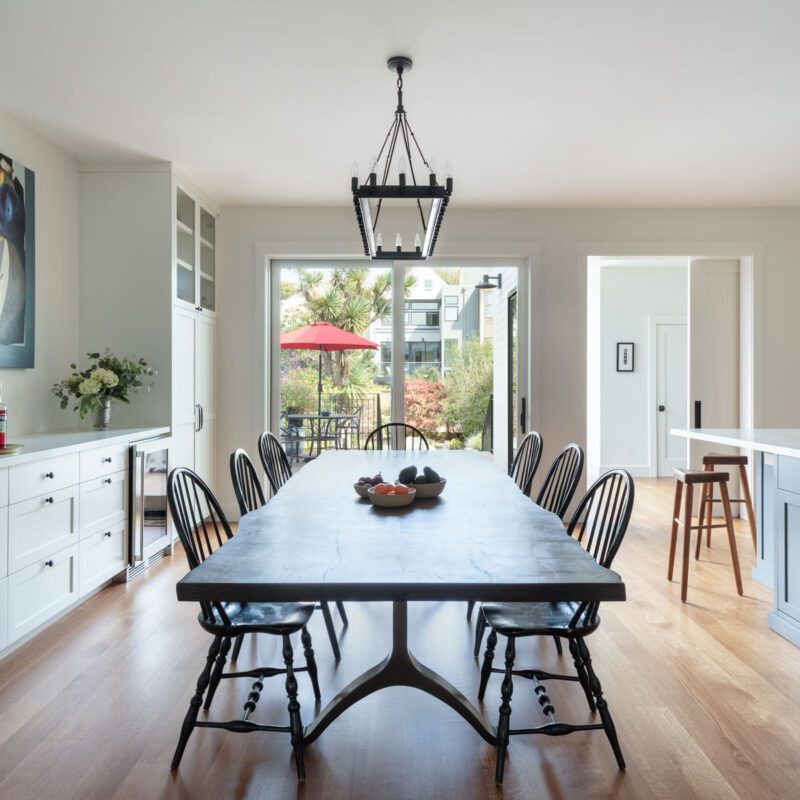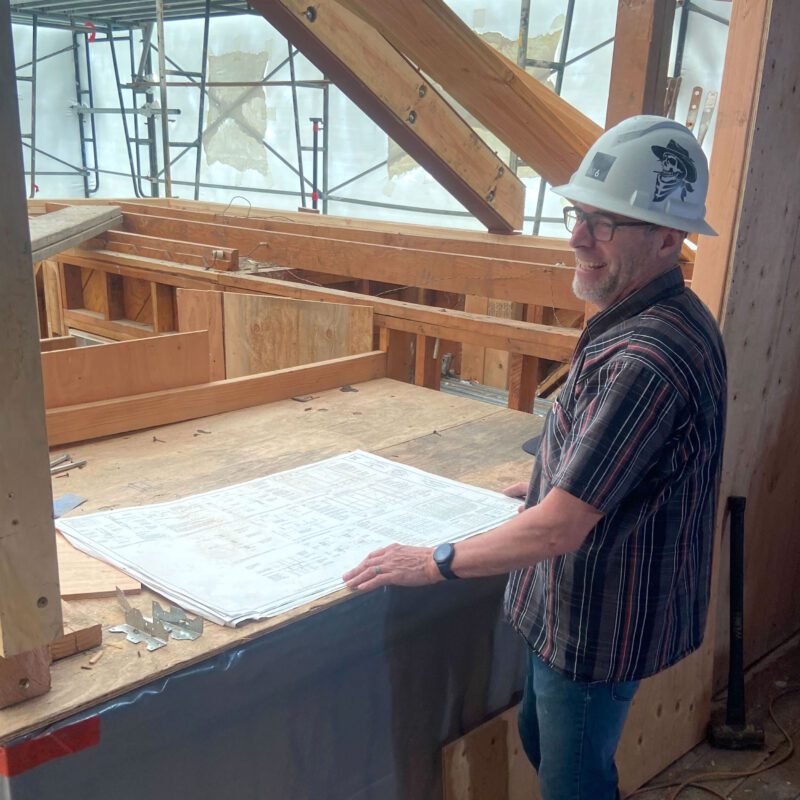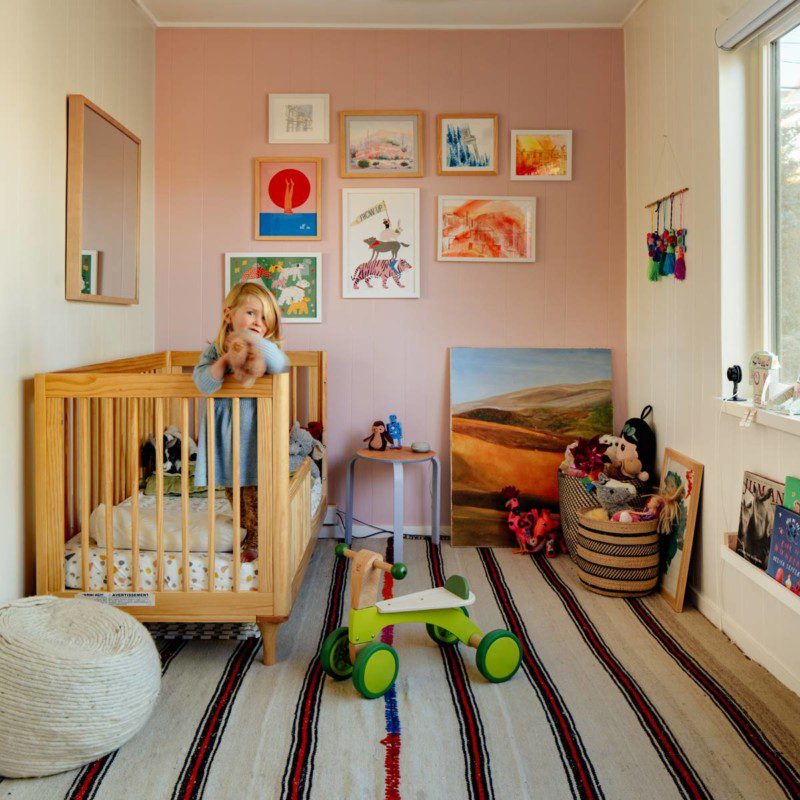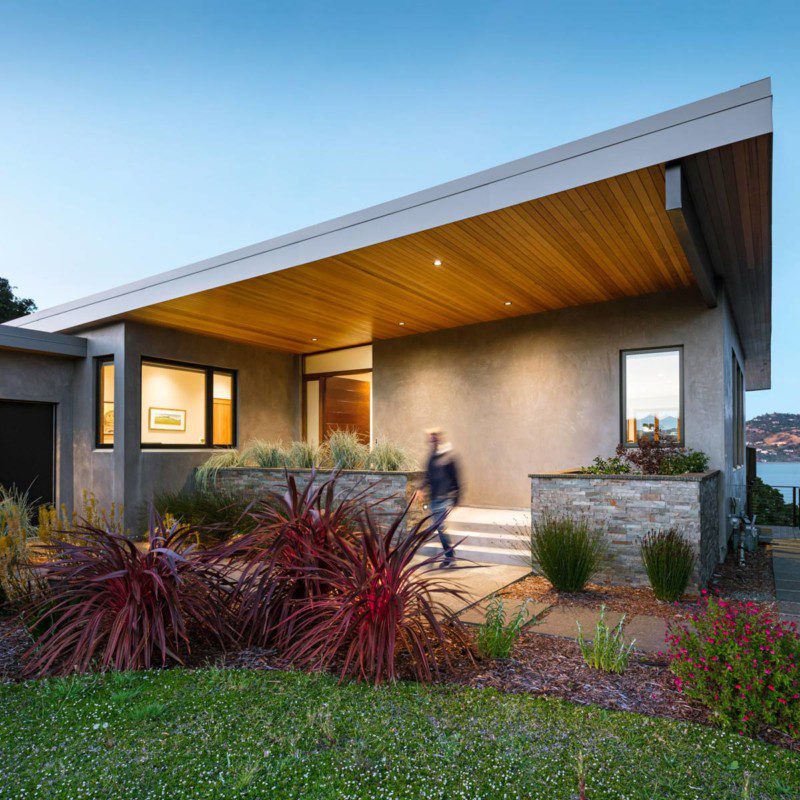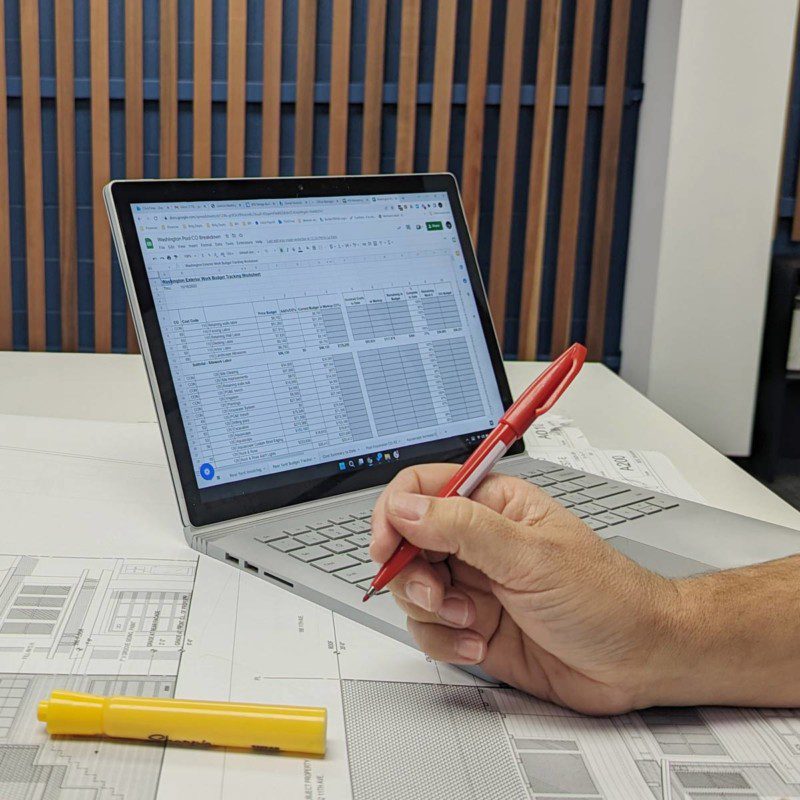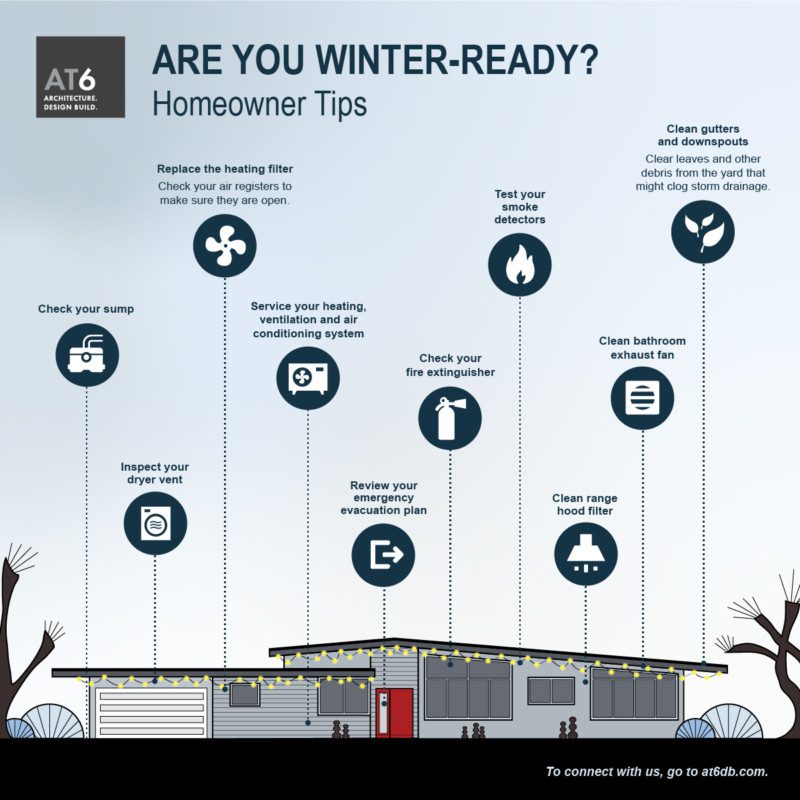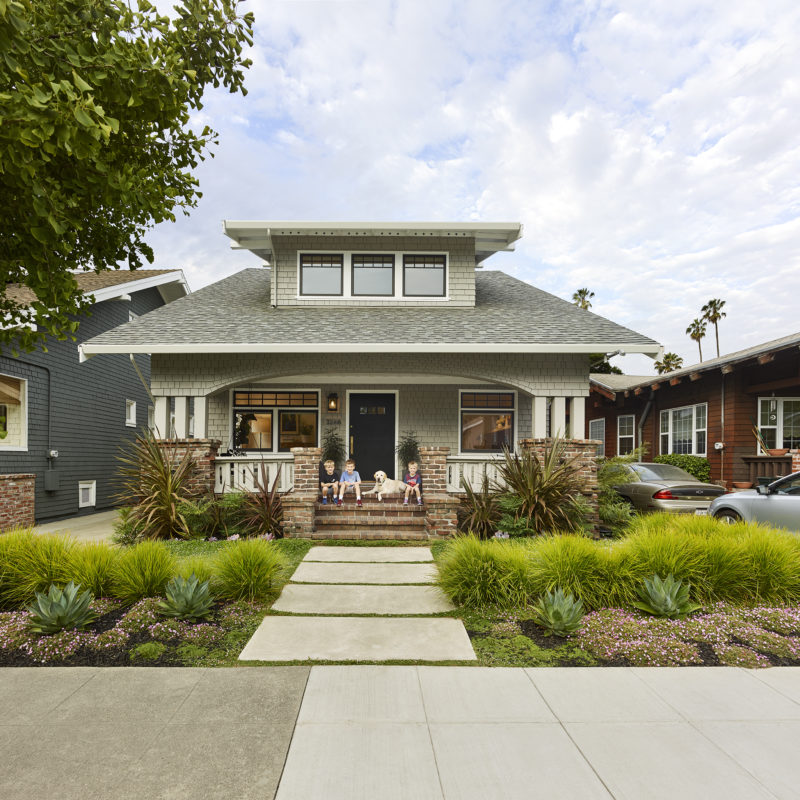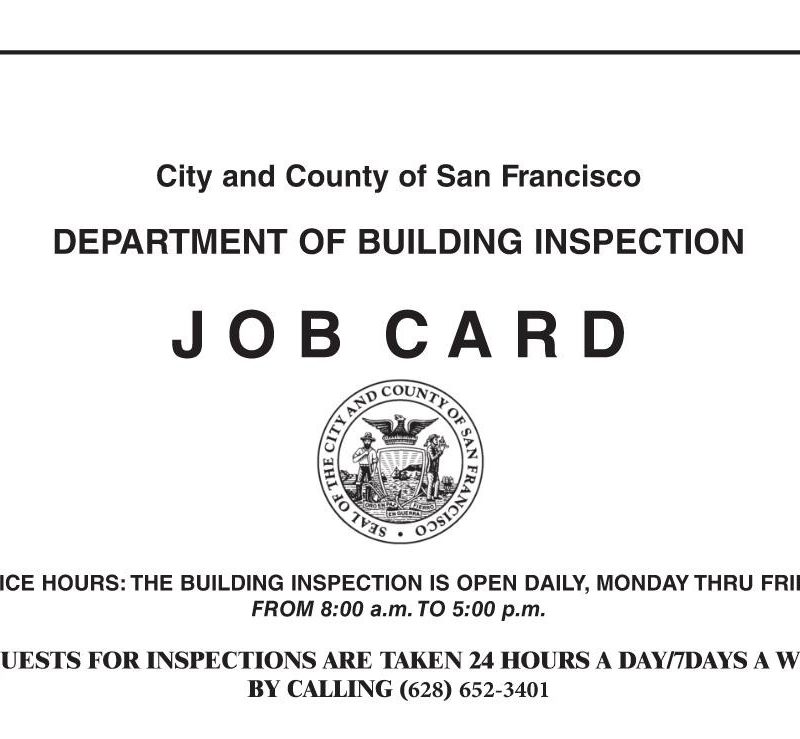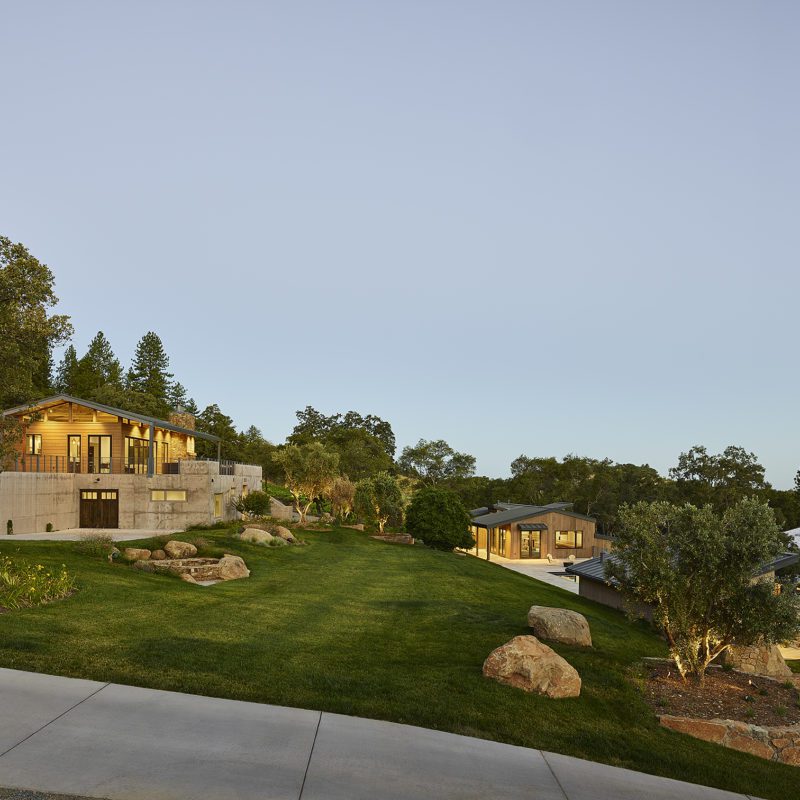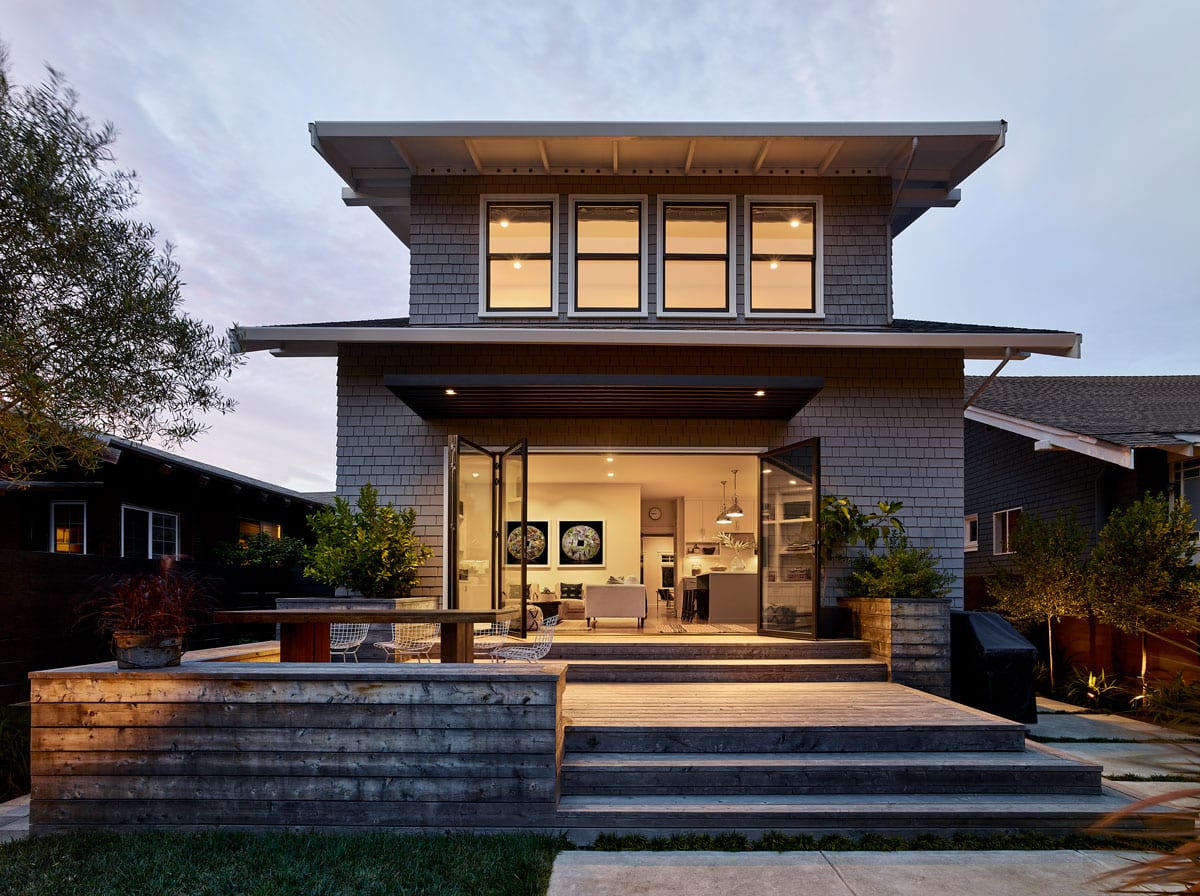
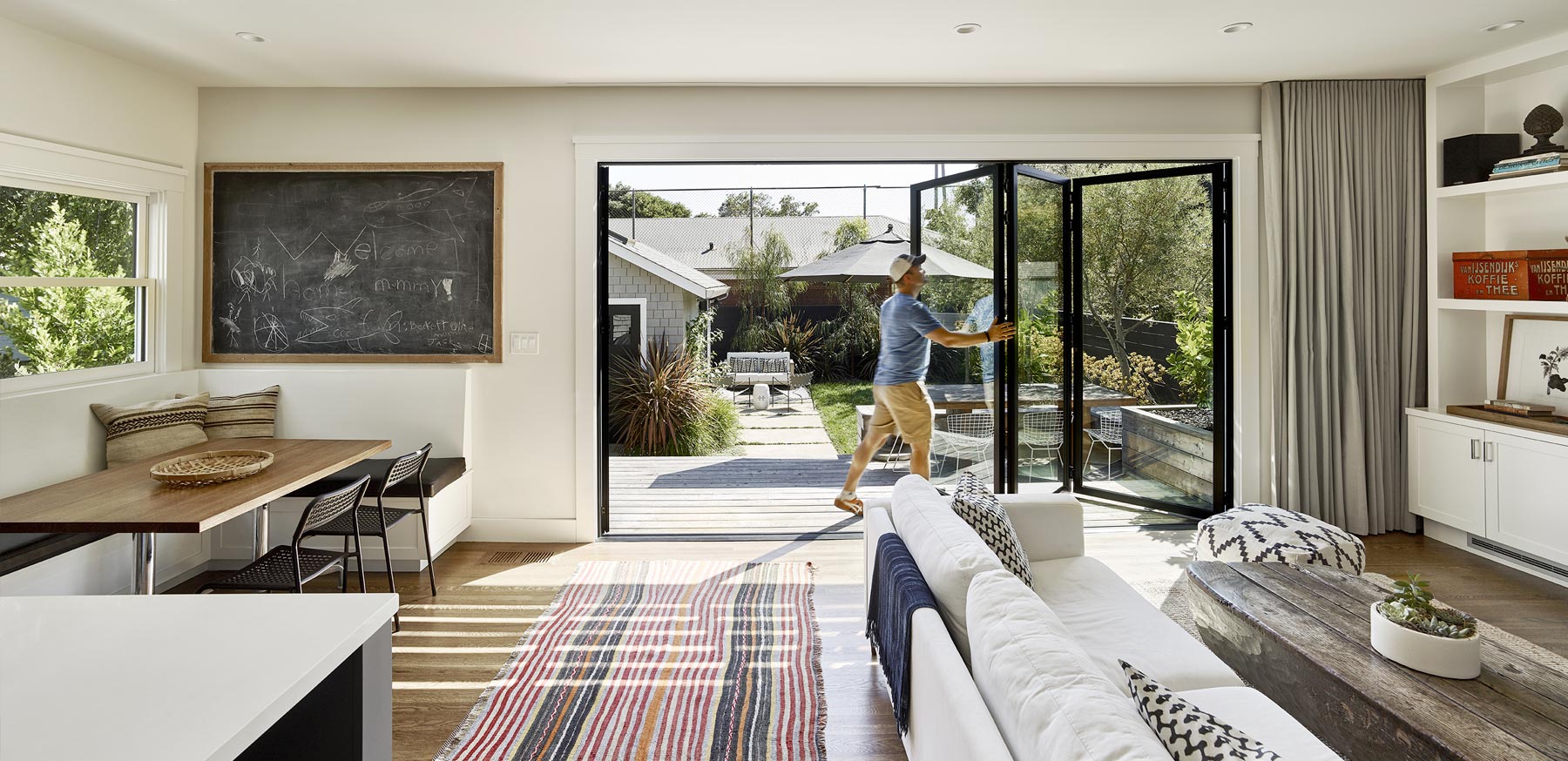
As with every design decision, ask yourself some initial questions about what you are hoping to achieve. How wide is the opening? How nice is your view? How consistently pleasant is your weather? And, of course, how much do you want to spend?
Here are four options to consider, from least to most expensive.
1. Sliding Doors: Maximum Views, Minimum Cost
Everyone is familiar with the basic slider—two panels, one fixed and one that slides. The beauty of this solution is that there is one big pane of glass on either side of the center frame. If you have a great view, this can be a perfect solution for sightlines. The doors sit in a track and don’t need hinges, making them less expensive and less finicky than hinged options. Standard wood doors can go up to about 8 feet wide but some fancier metal options can be significantly wider—and some more expensive models have minimal frames, providing incredible sightlines where the door almost seems invisible.
On the downside, there is less actual opening to the outdoors if a flowing indoor-outdoor experience is important. Sliders also have a more contemporary look and often don’t fit with older architectural styles. In some areas, building codes won’t allow them because of the danger to birds due to the large expanse of glass that they can’t easily see.


2. French Doors: Timeless Style
French doors can be framed in wood or metal, making them compatible with almost any historical or modern home. Because they are hinged and weigh on the hinges when open, the maximum width of one door is about 3 feet. There are lots of combinations of operable and fixed panels to suit your needs, and this repetition of multiple, narrower panels provides a classic look that may better suit an older home.
With French doors, when closed there is much more visible framing than sliding doors have, interrupting the views every 3 feet. French doors can also be finicky and need more maintenance due to the closing tightness required for energy codes and the inevitable movement of the doors and hinges over time. Also, you should consider whether swinging the doors either to the outside or the inside affects your circulation and furnishing plans.
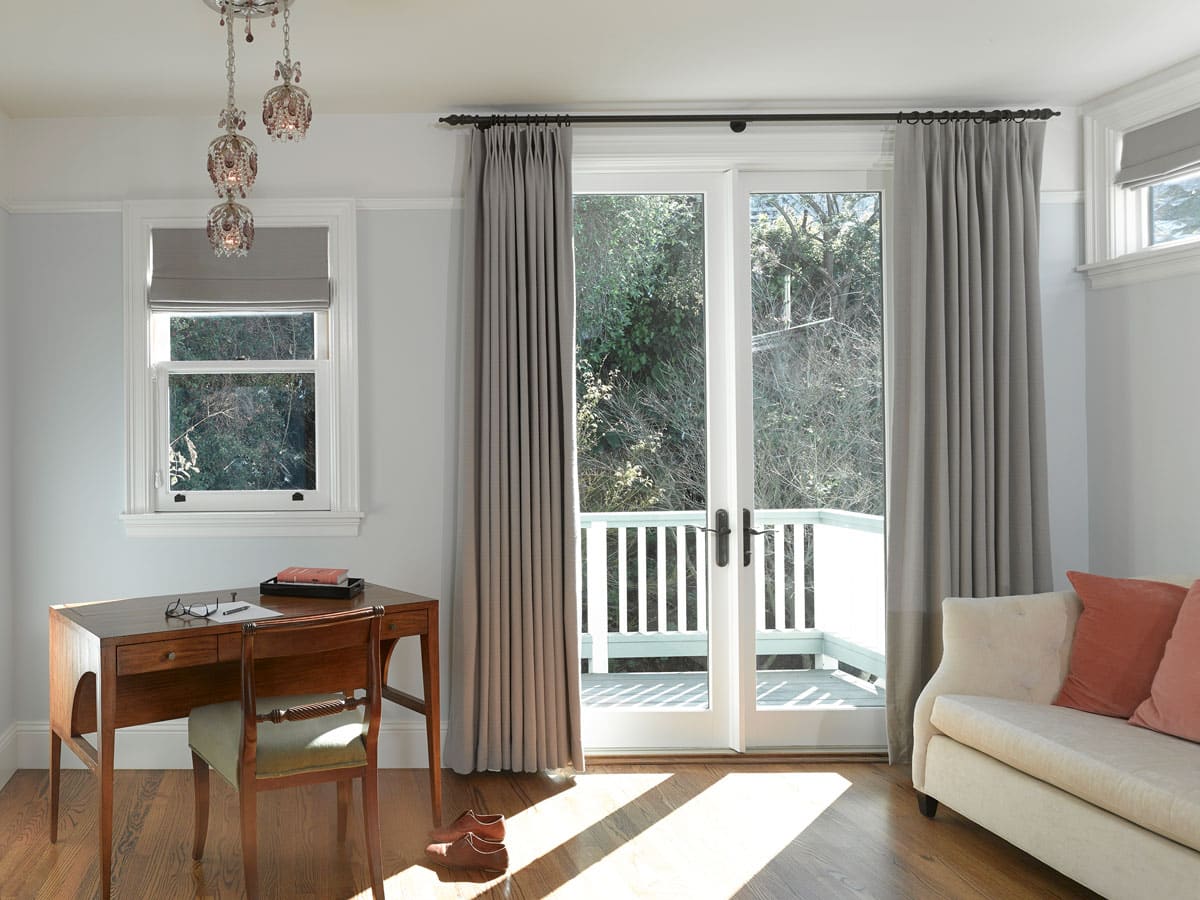
3. Accordion Doors: High Wow Factor
For accordion doors, also called bifold doors, panels are hinged to each other so you can fold and slide them open, creating impressive indoor-outdoor access with a classic French door look.
When accordion doors are closed, the views out are interrupted by frames like French doors, and when opened, you want to consider where the folded door goes and how it works with your space. The structure and operation of these doors can also be complex, and they’re not inexpensive. If you are going in and out a lot, opening and closing these doors can be more difficult than a regular hinged door or slider.
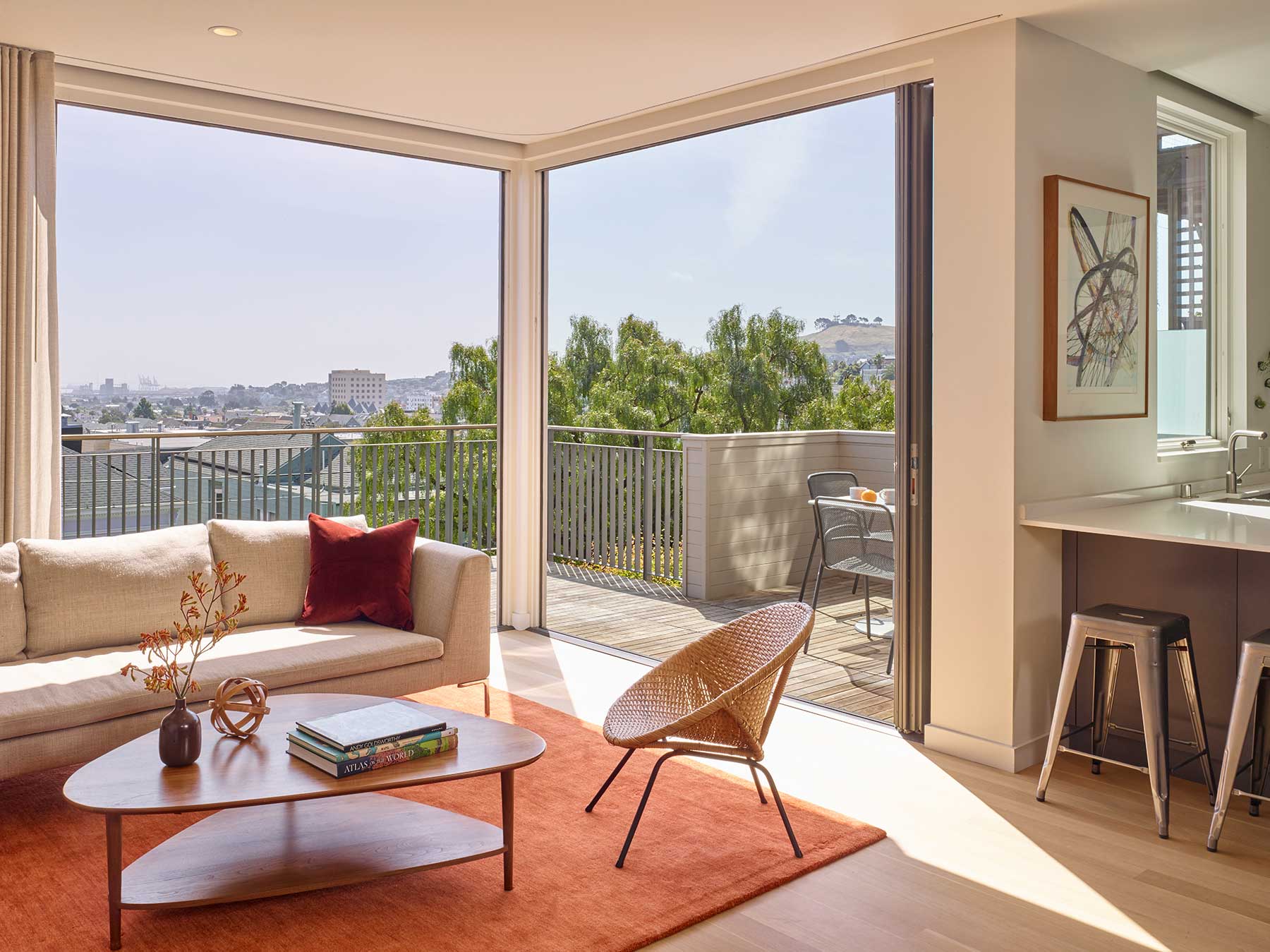
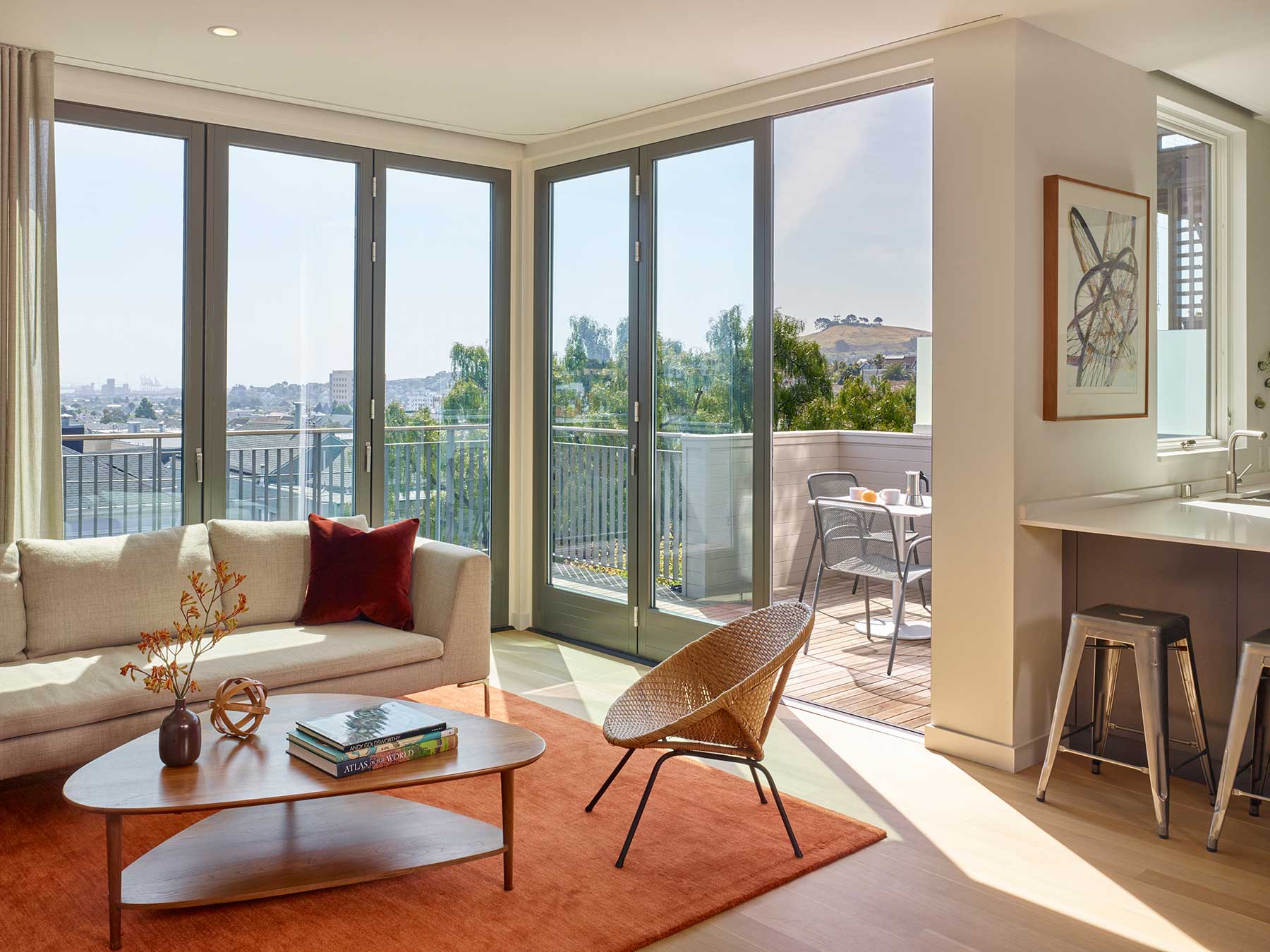
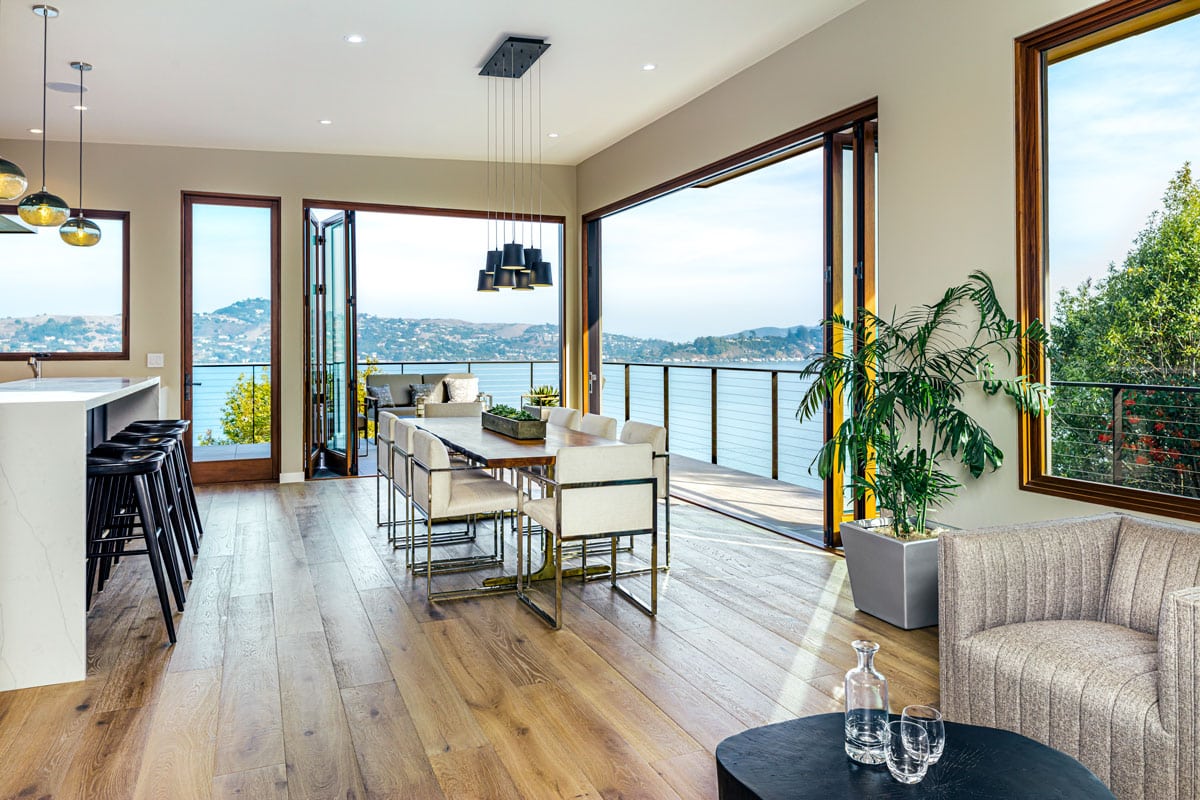
4. Sliding Doors That Disappear Into the Wall: Now You See Them, Now You Don’t
The solution with the biggest wow factor and the highest price tag is a sliding door that tucks into a cavity in the wall, giving the illusion that the doors were never there. This ultra-modern option is very specialized and usually requires steel structures, but there’s no more impressive way to physically connect indoors to outdoors.
Cost and Use Considerations
Costs for the doors described here range from around $5,000 for sliding doors to five figures for the upgraded versions (although we once spent six figures on a pair of bi-fold doors so the ceiling can be pretty high!).
A significant financial factor besides the cost of the door unit is the structural requirement for the opening. A wider opening requires a longer beam above the door, which costs more to install. It can also create a domino effect of necessitating more changes to the surrounding structure. Alternatively, multiple posts and smaller beams can be easily incorporated into a wall of French doors, requiring less structural work.
Whether cost is a limiting factor or not, you will want to consider several other things when you are deciding how to bring the outdoors in. For instance, when the doors are closed, how much does it impact your sightlines—do you want it uninterrupted or are frames ok? How much physical opening to the outdoors feels right to you? How does the door complement the style of the house? How much structural work are you willing to take on? How many days a year will you open the whole space up (or even be able to—looking at you, foggy San Francisco)?
Exterior doors are one of the design decisions that you get to enjoy daily for years, so they’re well worth a thoughtful process, and maybe even a bit of an investment. Whatever your final choice, glass-filled exterior doors will open up (pun intended) a new level of indoor-outdoor, California-style living.
